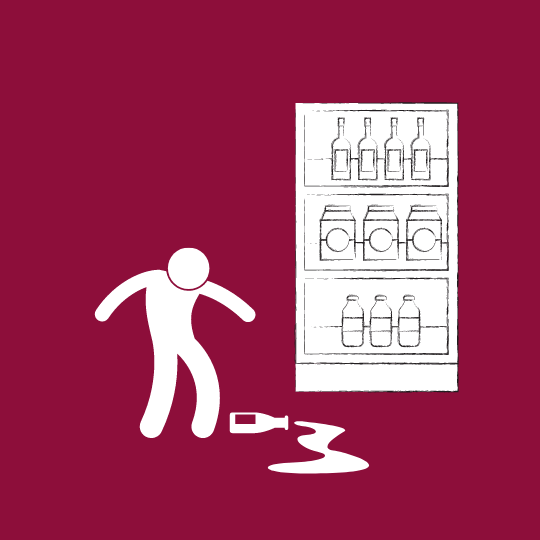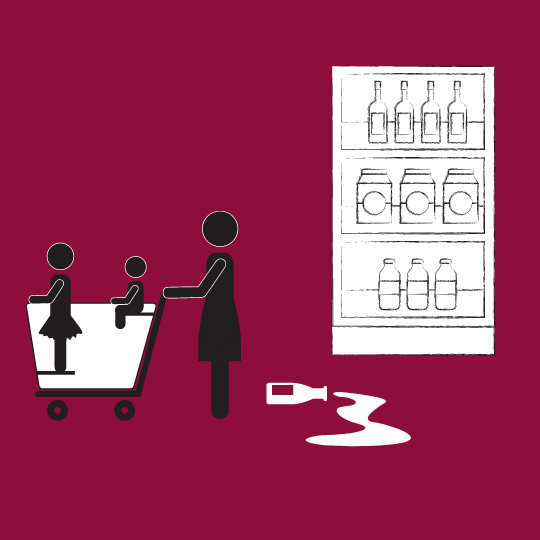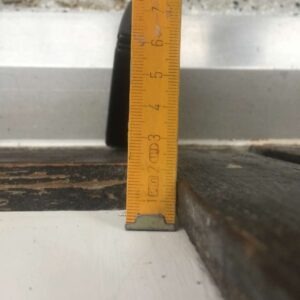Some of our clients are injured while frequenting a business or commercial establishment. These often include a fall and thus tend to be labeled as “slip and fall” or “trip and fall” cases. A common misconception is the property owner automatically is liable for your injury and related costs; however, clear negligence or misconduct by the owner, leadership, or an employee must be established in order for a business to be held responsible. If the staff was following safety procedures, did not cause the hazard, and had little time to react, there’s a good chance they won’t be liable for your injury.
Let’s explore an example. Jason is at the local grocer gathering items for dinner when he turns the corner and slips on a spilled bottle of milk, suffering back and ankle injuries. While we might assume the store is to blame, in order to prove that we have to show employees either spilled the milk or ignored protocol intended to keep the area clean and safe.
Scenario One
Let’s say security cameras show a distracted parent came through with children five minutes before, and a particularly mischievous child knocks over the milk unnoticed. It’s reasonable to assume store employees did not have time to see and respond to the spill. Maybe they run 20-minute aisle checks, and the spill would have been discovered on the next rotation. Unfortunately for Jason, the store likely won’t be held liable for his mishap.


Scenario Two
Now say the family came through and spilled the milk an hour before. The store was short staffed that day and the employee tasked with aisle checks missed several rotations. Here we have an argument staff were not following safety protocol and are therefore partially liable for the accident. Perhaps this grocer will be crying over spilled milk after all.
Is Jason to Blame?
It’s important to know the defense will look for every possible way to demonstrate Jason is at fault for his injury. Was he on his phone or somehow distracted? Did he ignore a wet floor sign placed out while an employee was grabbing a mop? If able to prove he was even partially liable, it could reduce the percentage of damages they are responsible for covering.
Oftentimes, important details like these are harder to pinpoint unless a case moves to litigation where evidence can be subpoenaed and reviewed. Slip and fall or other premises liability cases can and do settle out of court, but it can be difficult to determine where a hazard originated without the ability to demand evidence held by defending parties. If your’e considering filing a claim for your injury, it’s important to discuss the specifics and likelihood of your recovery with a qualified personal injury attorney experienced in these cases. You’ll want to prepare yourself with all the evidence you can to back up your claim.
Tips to get the most out of your slip and fall case:
- Take photos and measurement of the area. Are hazard signs missing? Was anything obstructing your movement or not properly functioning?
- Did a gap or uneven surface cause your fall? Grabbing a vertical measurement either with a ruler or item to show scale (coin, pen) could help your case.
- Get time-stamped photos of what you were wearing, and then place your attire in a safe location. It could be called into evidence later. Were you wearing shoes with good tread? It's advantageous for you to have those shoes preserved in the same state of wear as the time of your fall. If you wear glasses for corrective vision or use an ambulatory assistance device, keep those on hand.
- Understand most cases don't end with 100% liability ruled on either party. Most often, responsibility is shared. The more you can document to prove another party was negligent and to disprove theories of your own fault or negligence, the more successful your case is likely to be.
- Work with an attorney experienced in premises liability.

